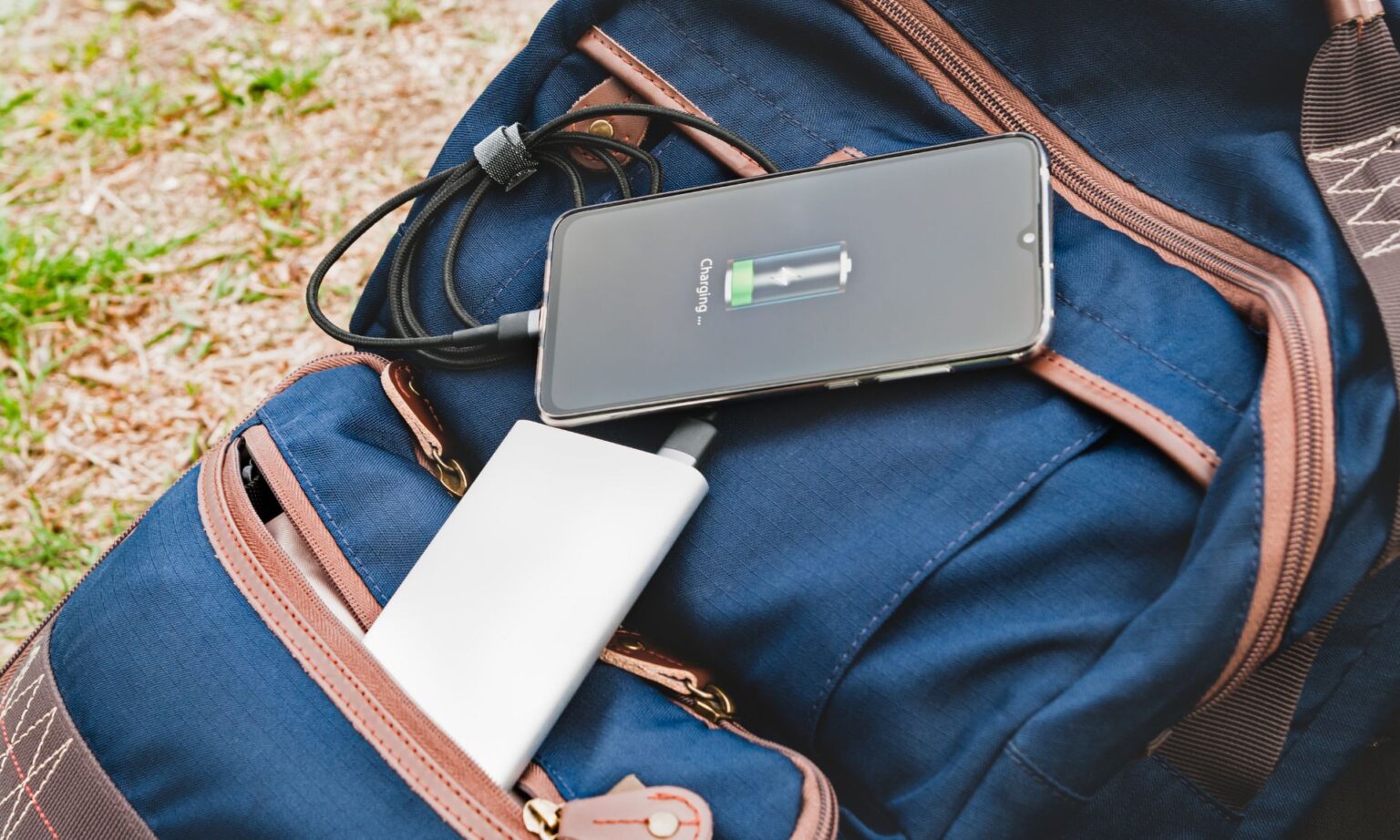Introduction
In today’s digital age, staying connected while traveling is not just a luxury but a necessity. Whether you’re navigating unfamiliar streets with GPS, capturing breathtaking moments with your camera, or simply staying in touch with loved ones, having a reliable power source is crucial. This is where a power bank comes in handy, serving as a portable charger to keep your devices powered up on the go. However, with a plethora of options available in the market, choosing the right power bank for your travel needs can be overwhelming. To help you make an informed decision, here’s a comprehensive guide to selecting the best travel power bank for travel:
1. Capacity: The capacity of a power bank is measured in milliampere-hours (mAh), which indicates how much energy it can store. When choosing a power bank, consider the battery capacity of your devices. For example, if you have a smartphone with a 3000mAh battery, a power bank with a capacity of 10,000mAh can charge it approximately three times. Opt for a power bank with a capacity that suits your charging needs without being too bulky to carry around.
2. Portability: Traveling light is often a priority for many travelers, so it’s essential to choose a power bank that strikes the right balance between capacity and portability. Slim, lightweight power banks are ideal for slipping into your pocket or bag without adding extra bulk to your luggage. Look for compact designs that are easy to carry around during sightseeing tours or outdoor adventures.
3. Output Ports: Consider the number and type of output ports the power bank offers. Multiple output ports allow you to charge multiple devices simultaneously, making it convenient for travelers with multiple gadgets. Additionally, check the output specifications (voltage and amperage) to ensure compatibility with your devices. Some power banks also feature fast-charging technology, which can significantly reduce charging time for compatible devices.
4. Input Ports: In addition to output ports, pay attention to the input ports of the power bank. This is how you recharge the power bank itself. Some power banks come with multiple input options, such as micro-USB, USB-C, or even Lightning ports, providing flexibility based on the charging cables you already carry. Choose a power bank with input ports that are compatible with your existing chargers to avoid carrying extra cables.
READ ALSO: Top 5 Cheapest Cities in Western Europe for Budget Travelers
5. Build Quality and Durability: When traveling, your power bank may be subjected to rough handling, extreme temperatures, or occasional bumps and drops. Therefore, opt for a power bank with a sturdy build quality and durable materials that can withstand the rigors of travel. Look for features like shock resistance, waterproofing, and scratch-resistant coatings to ensure longevity and reliability during your journeys.
6. Safety Features: Safety should always be a top priority when choosing a power bank. Look for built-in safety features such as overcharge protection, overcurrent protection, short circuit protection, and temperature control mechanisms to prevent damage to your devices and ensure safe charging. Certifications like CE, FCC, and RoHS indicate that the power bank meets international safety standards.
7. Brand Reputation and Reviews: Finally, consider the reputation of the brand and read reviews from other travelers before making a purchase. A reputable brand with positive customer feedback is more likely to offer reliable products and excellent customer support. Look for power banks that come with warranties or guarantees for added peace of mind.
In summary, selecting the best power bank for travel involves considering factors such as capacity, portability, output, and input ports, build quality, safety features, and brand reputation. By carefully assessing your charging needs and prioritizing features that align with your travel style, you can find the perfect power bank to keep your devices juiced up wherever your adventures take you.
Frequently Asked Questions: Traveler’s Guide to Choosing the Best Power Bank
What capacity power bank do I need for travel?
The capacity of the power bank you need depends on your devices and charging requirements. As a general guideline, consider the battery capacity of your devices and choose a power bank with enough mAh to meet your charging needs. For smartphones, a power bank with 10,000mAh or higher is recommended for multiple charges.
How many devices can I charge simultaneously with a power bank?
The number of devices you can charge simultaneously depends on the number of output ports available on the power bank. Many power banks come with multiple output ports, allowing you to charge multiple devices at once. Be sure to check the specifications of the power bank to determine how many devices it can charge simultaneously.
What type of output ports should I look for in a power bank?
Look for power banks with a variety of output ports, including USB-A, USB-C, and micro-USB, to ensure compatibility with a wide range of devices. USB-C ports are becoming increasingly common and offer fast charging capabilities for compatible devices.
How long does it take to recharge a power bank?
The charging time for a power bank depends on its capacity and the input power source. Most power banks can be fully recharged within a few hours using a standard wall charger or USB port. However, power banks with larger capacities may take longer to recharge.
Are there any safety precautions I should take when using a power bank?
To ensure safe use of your power bank, avoid exposing it to extreme temperatures, moisture, or physical damage. Use only the provided or compatible charging cables and avoid overcharging or overdischarging the power bank. Look for power banks with built-in safety features such as overcharge protection, overcurrent protection, and short circuit protection.
Can I bring a power bank on a plane?
Yes, you can typically bring a power bank on a plane in your carry-on luggage. However, there are restrictions on the capacity of power banks allowed on flights, so be sure to check with the airline for specific guidelines. Power banks should be packed securely to prevent damage during travel.
How can I prolong the lifespan of my power bank?
To prolong the lifespan of your power bank, avoid exposing it to extreme temperatures, moisture, or direct sunlight for extended periods. Store it in a cool, dry place when not in use and avoid dropping or mishandling it. Regularly charge and discharge the power bank to maintain its battery health.
What is the warranty coverage for power banks?
Warranty coverage for power banks varies depending on the manufacturer and model. Many reputable brands offer warranties ranging from six months to a year or more, covering defects in materials and workmanship. Be sure to check the warranty terms and conditions before making a purchase.
Conclusion
In conclusion, choosing the best power bank for travel is essential for staying connected and powered up on the go. By considering factors such as capacity, portability, output, and input ports, build quality, safety features, and brand reputation, travelers can find the perfect power bank to suit their charging needs. Whether you’re exploring new destinations, embarking on outdoor adventures, or simply navigating daily life, a reliable power bank ensures that your devices stay charged and ready whenever you need them. With the right power bank by your side, you can enjoy peace of mind knowing that you’ll never run out of battery power, no matter where your travels take you.
In another related article, Finding the Best Union Square Travel Agency






